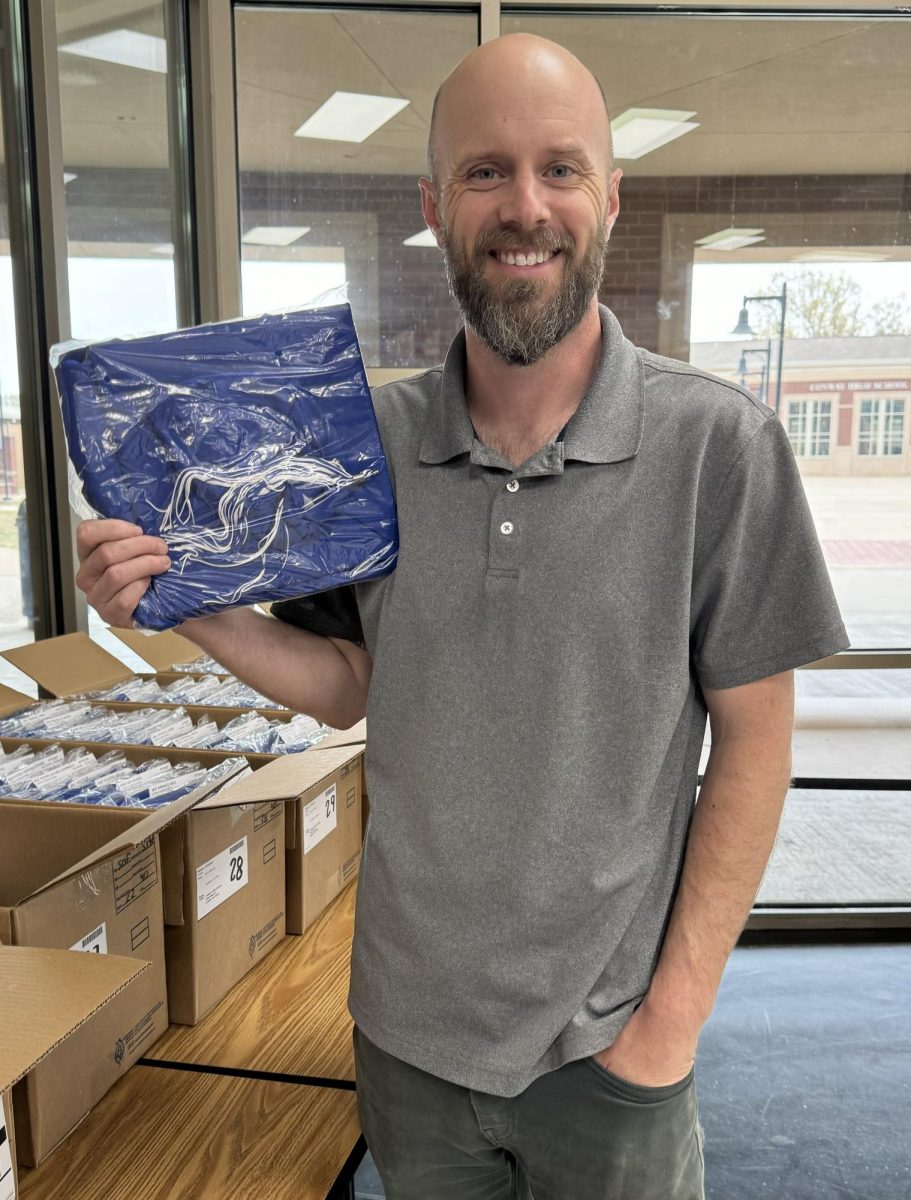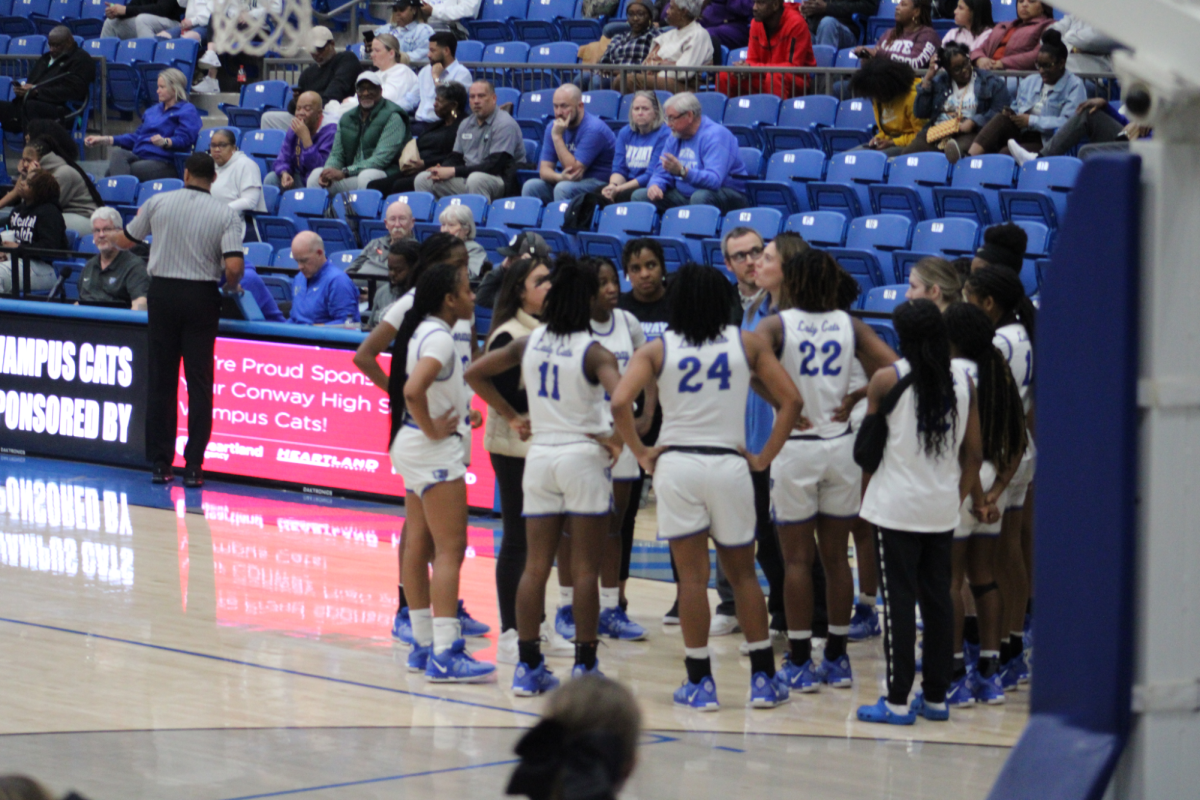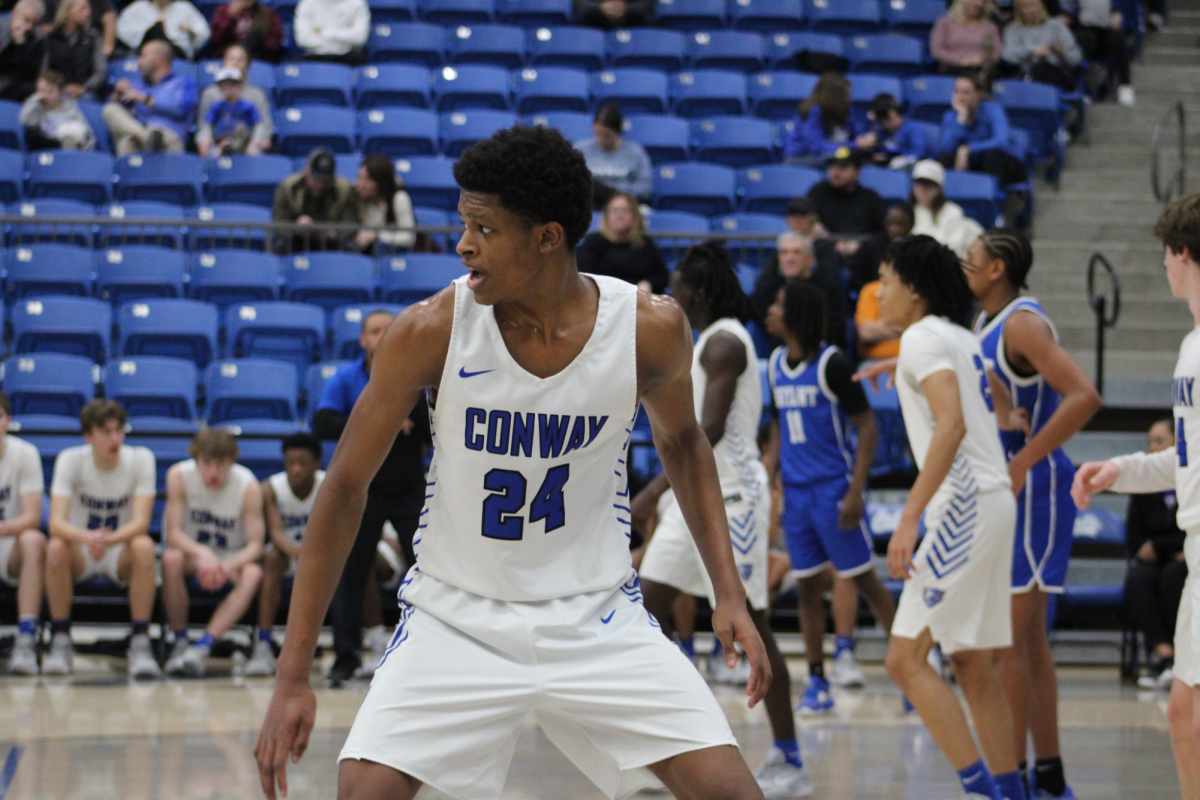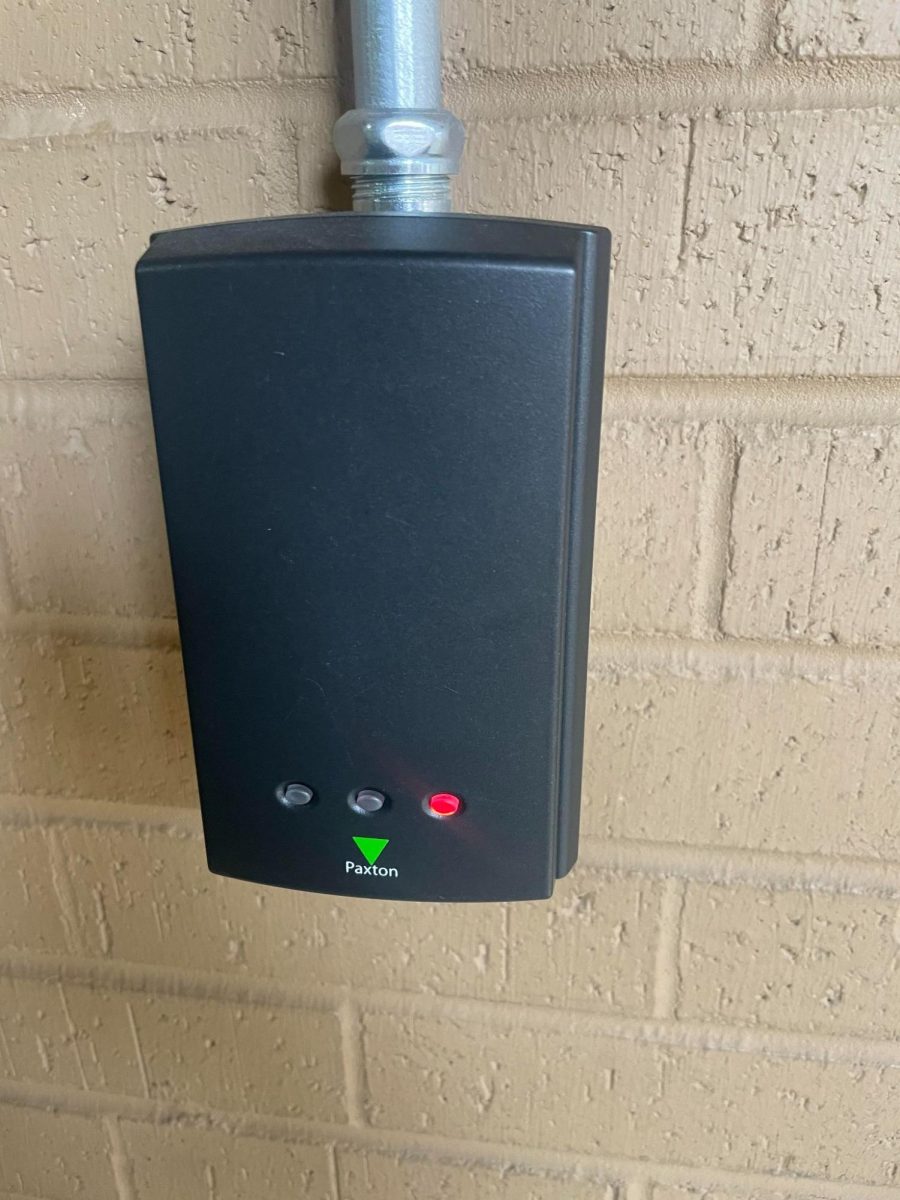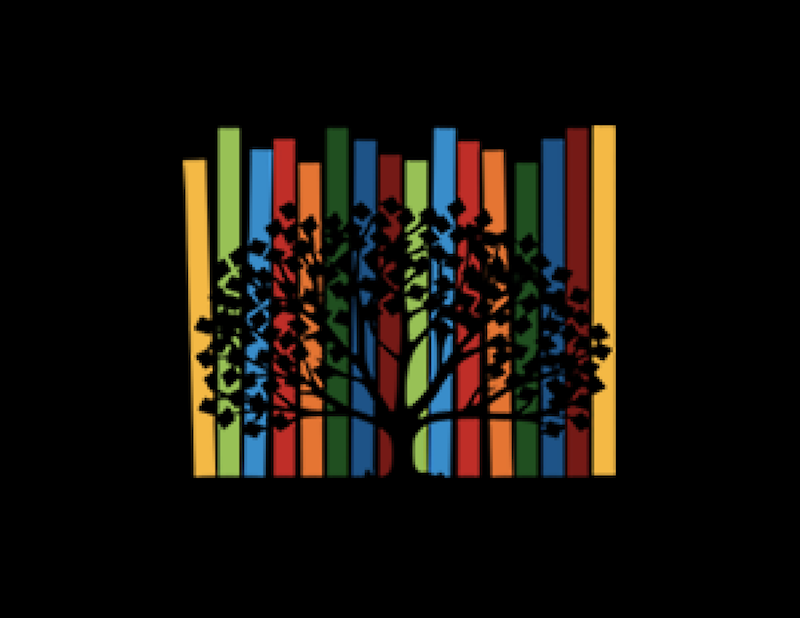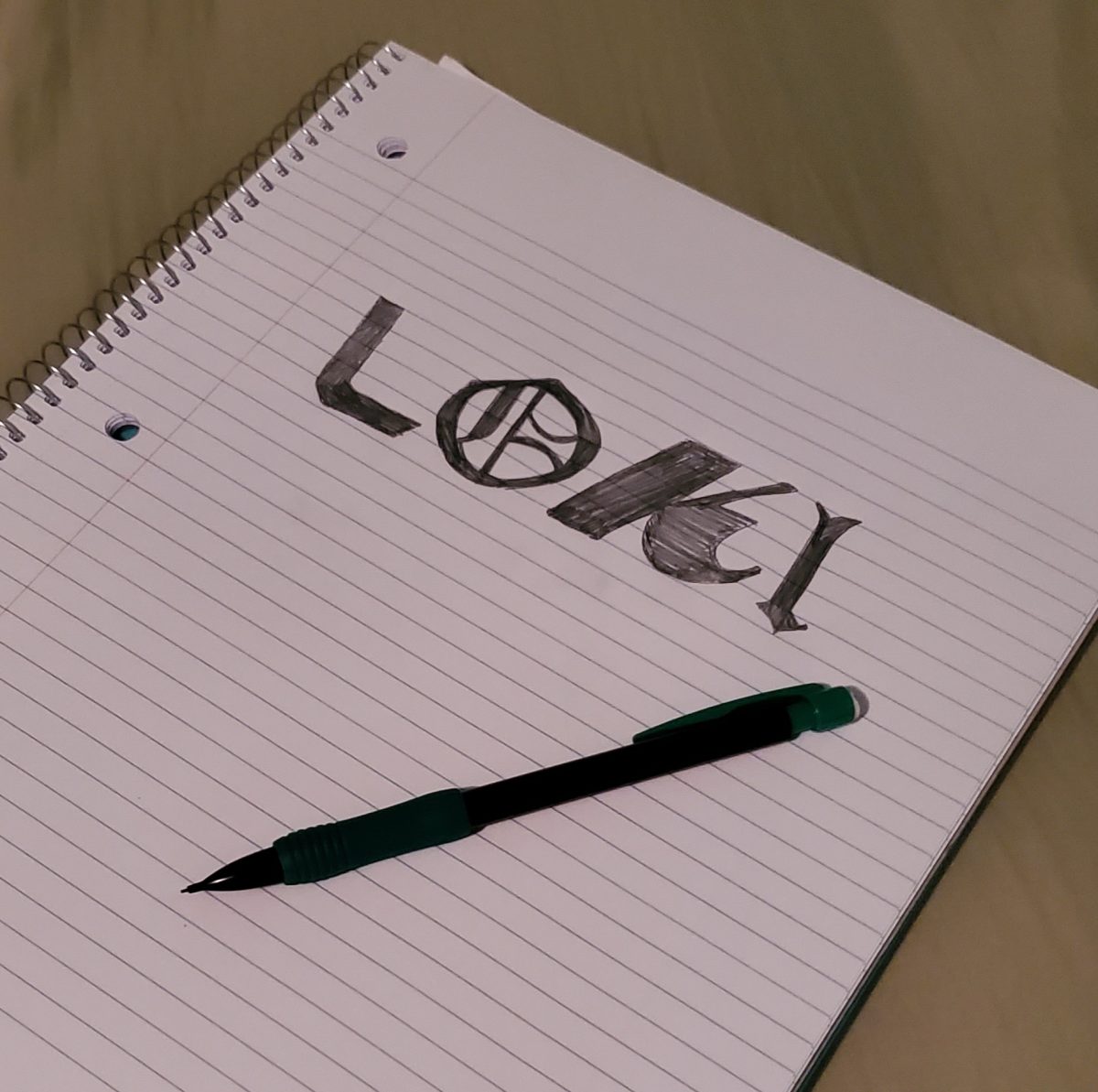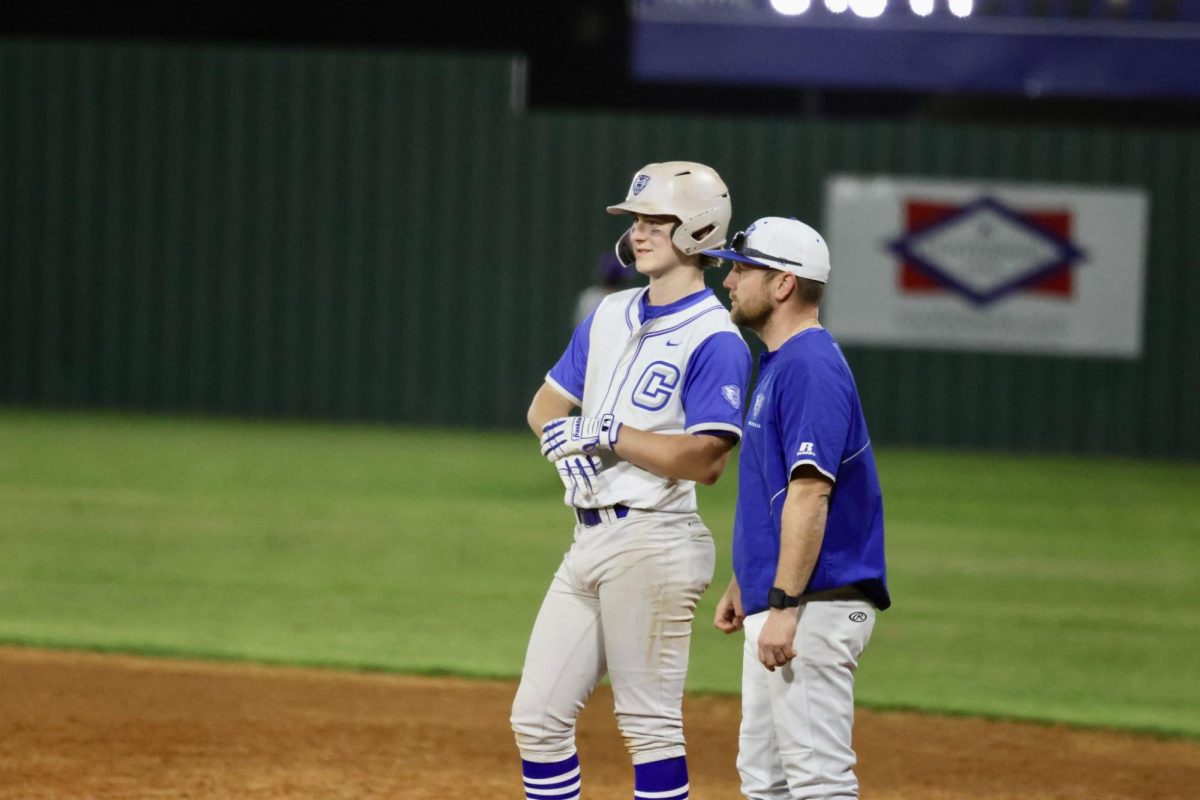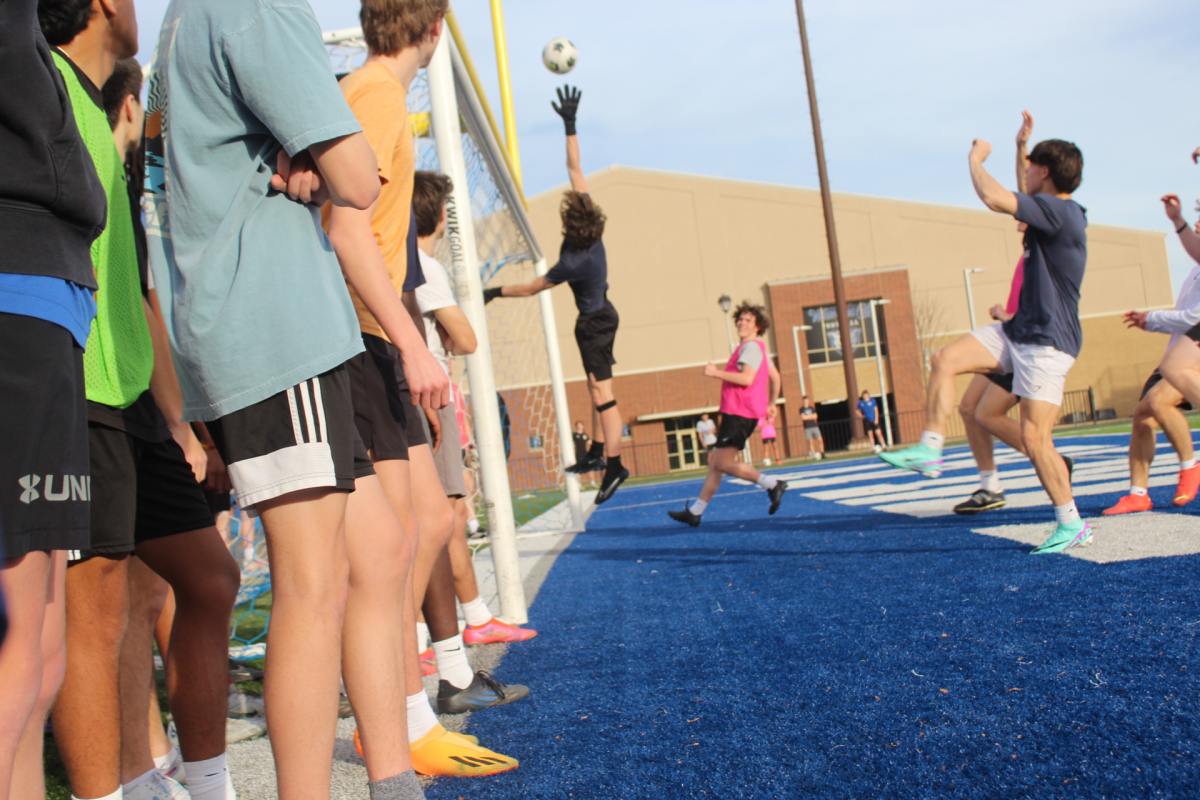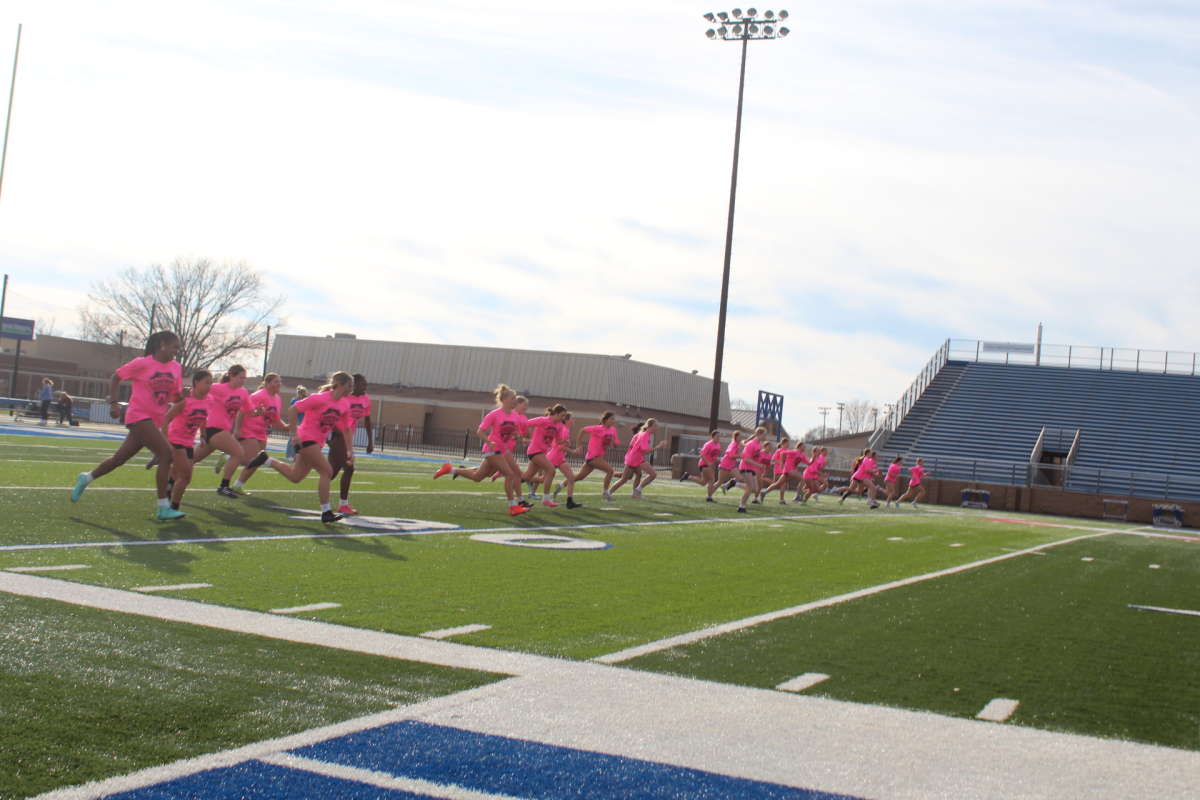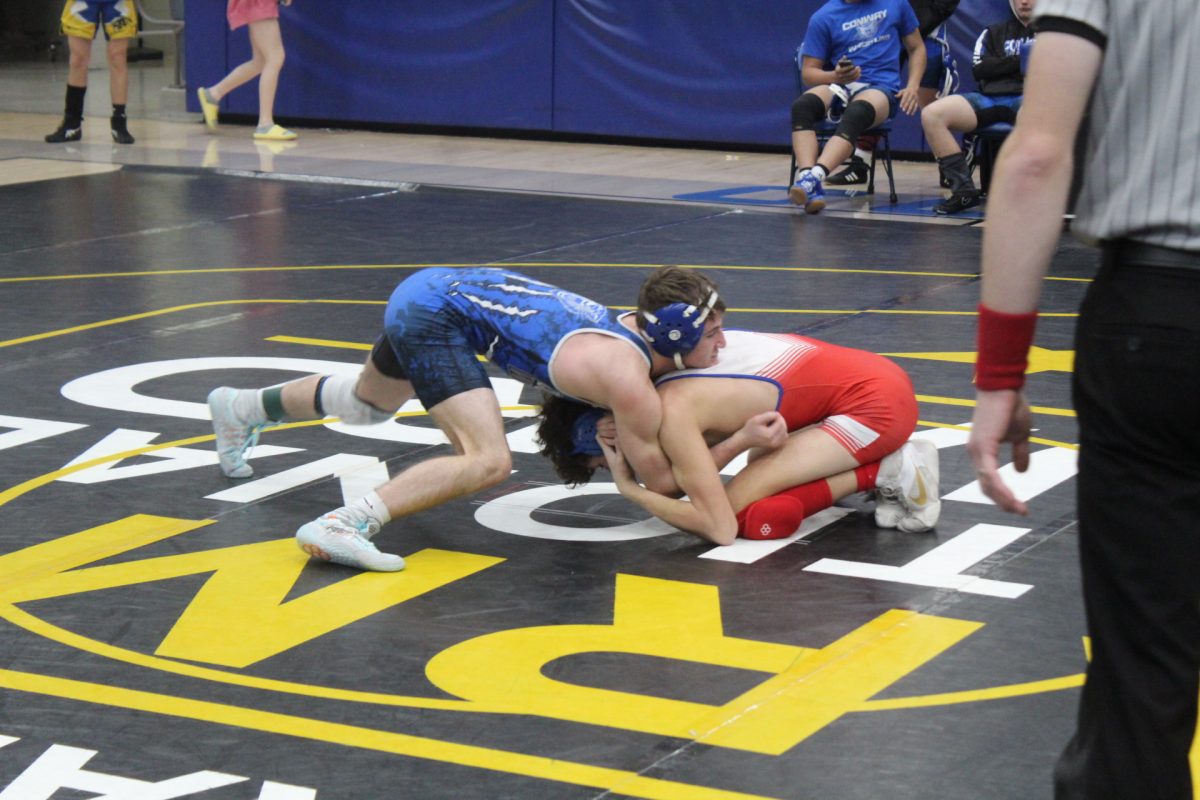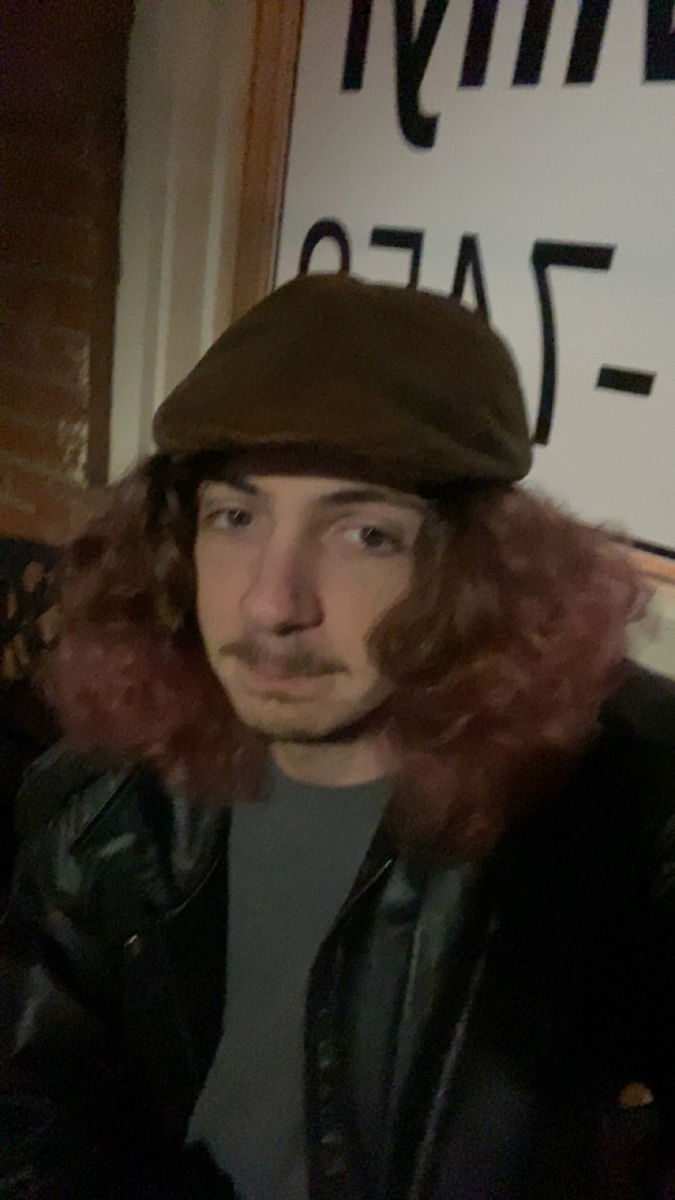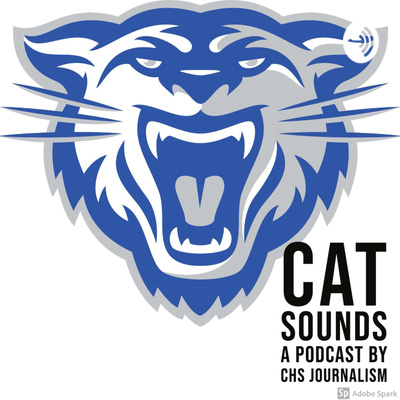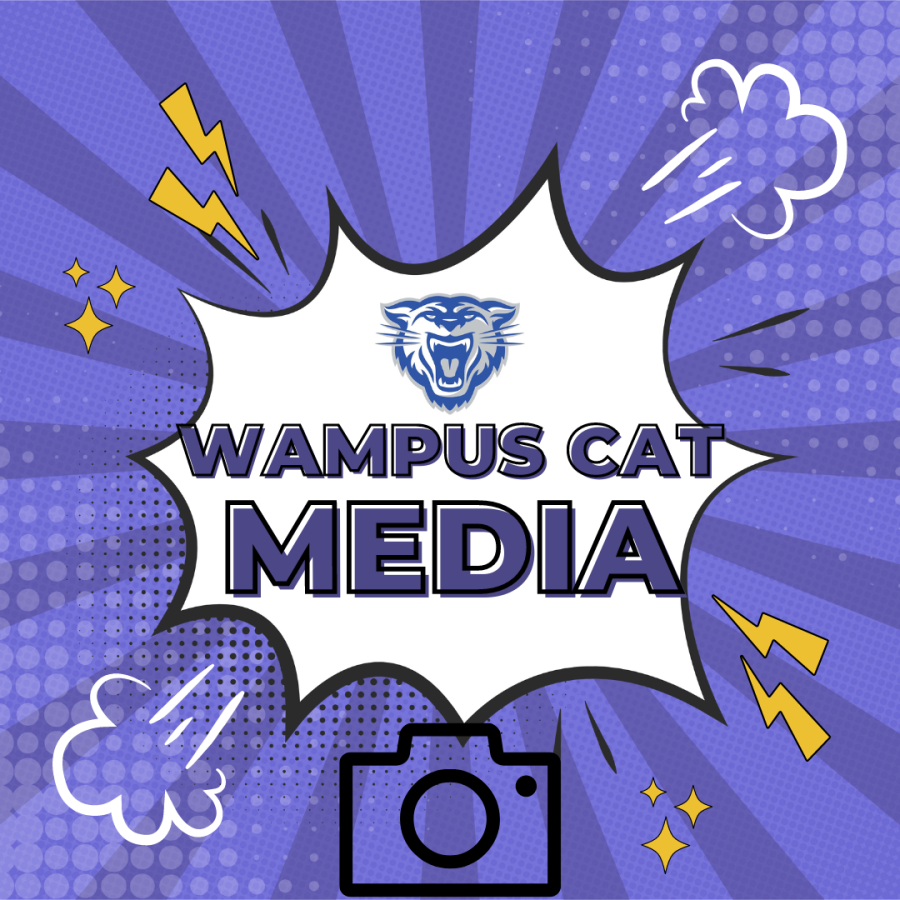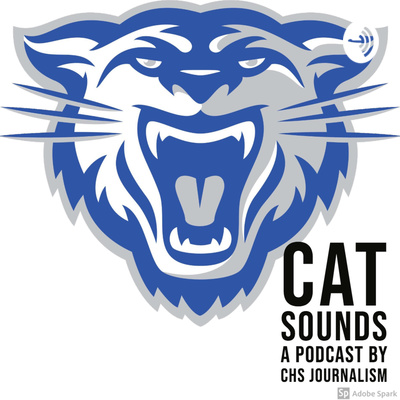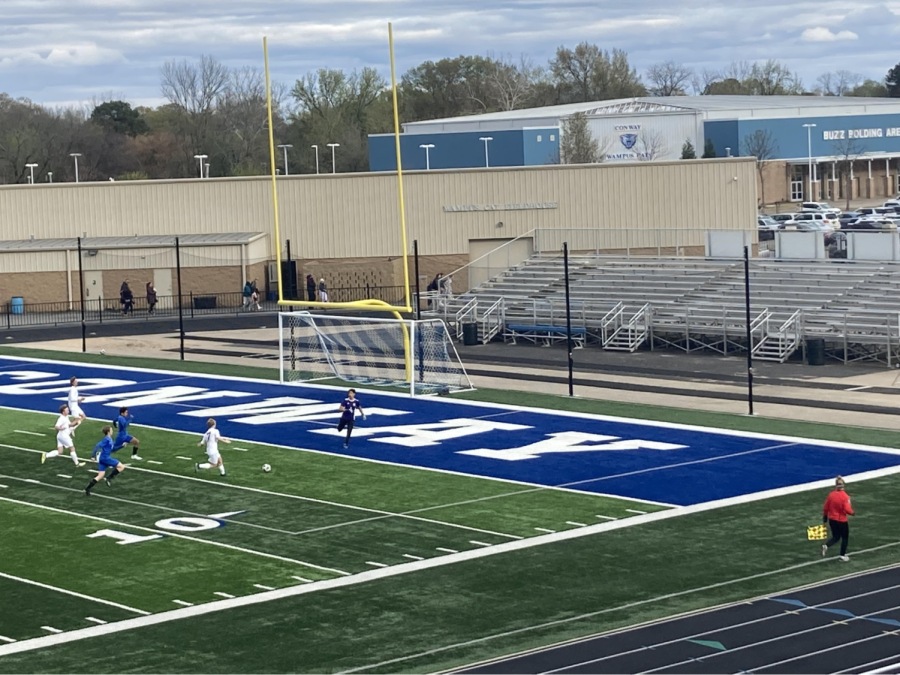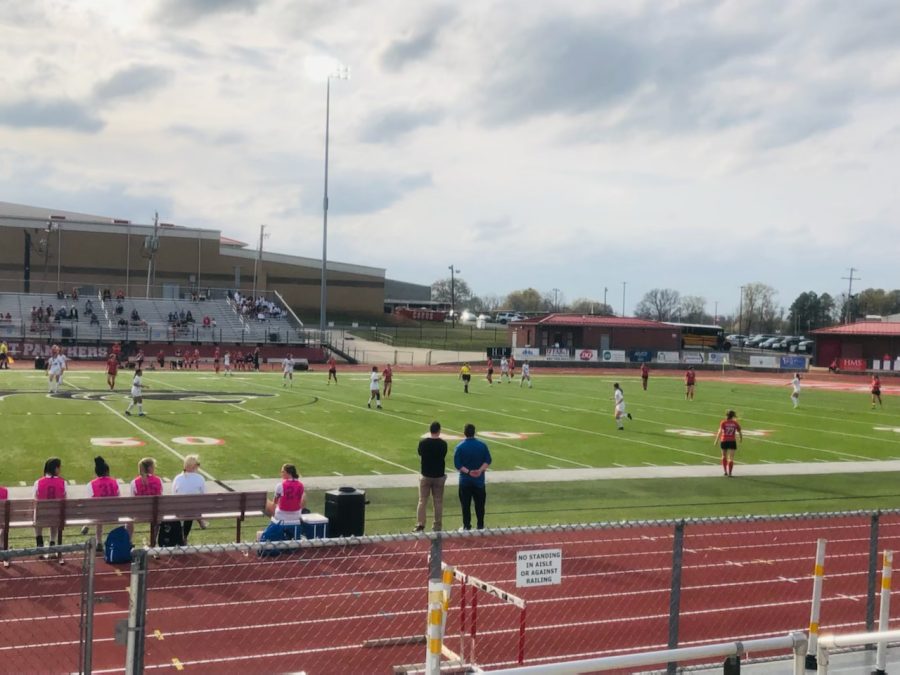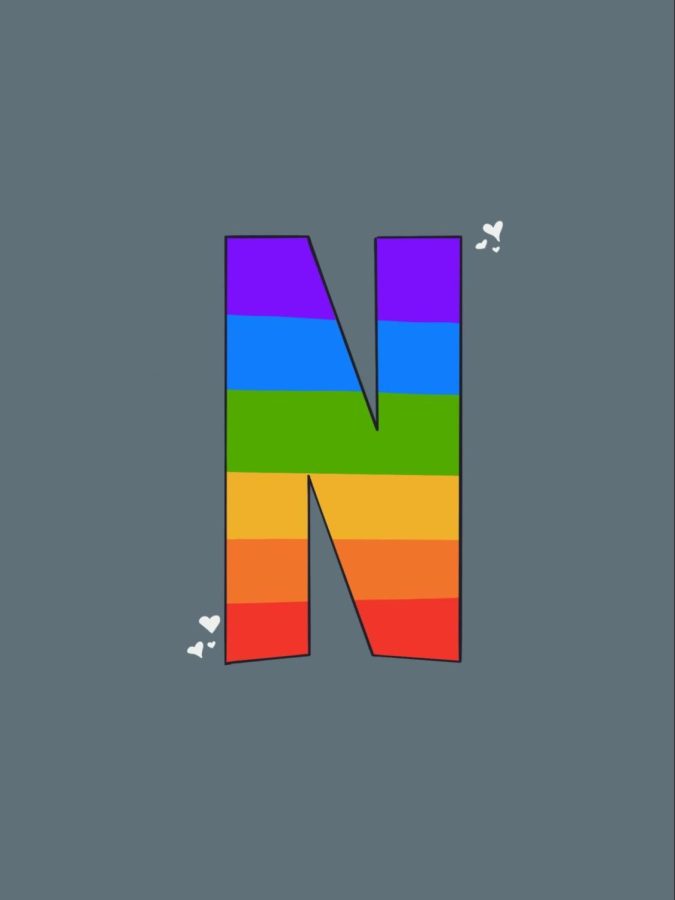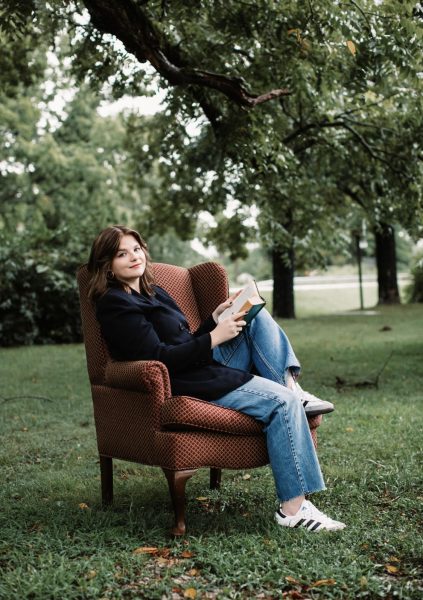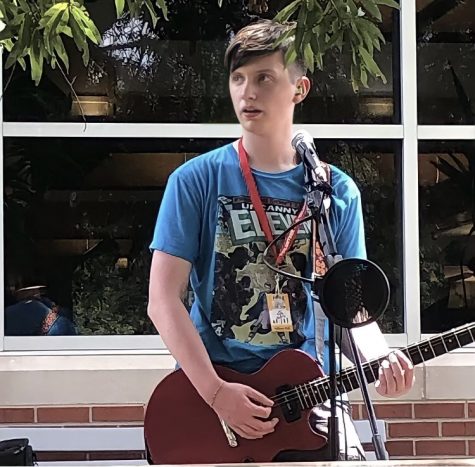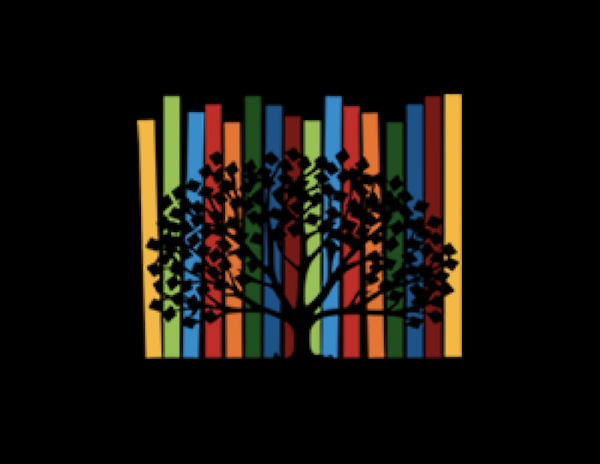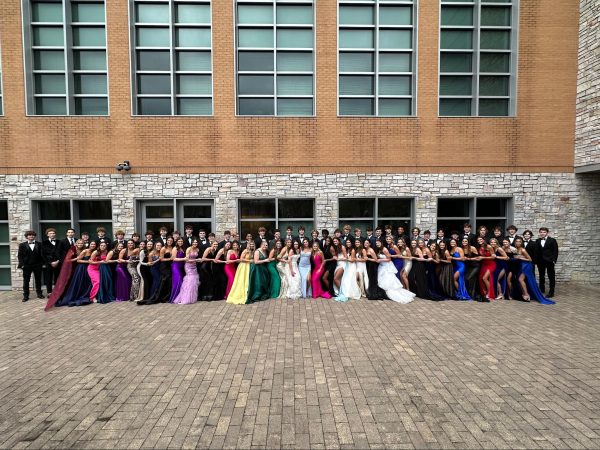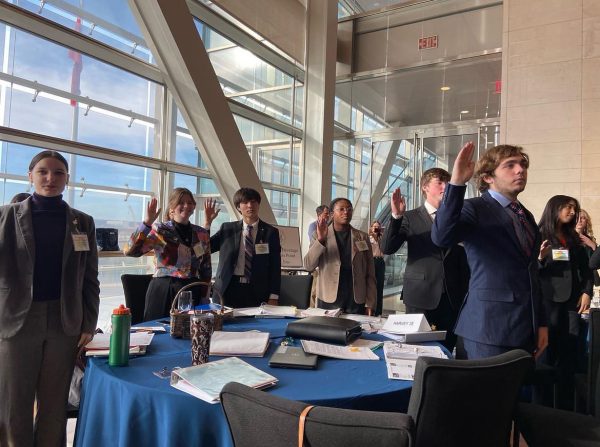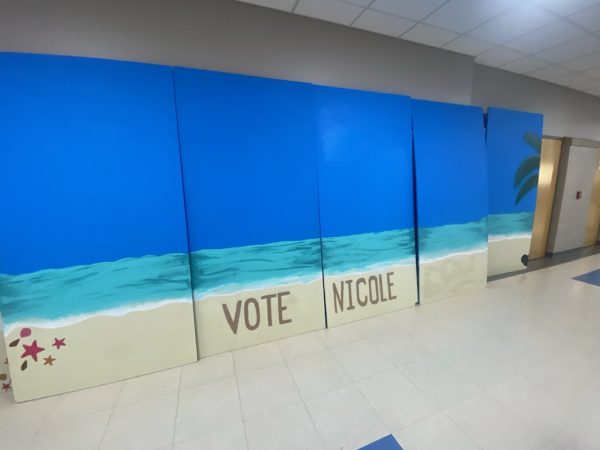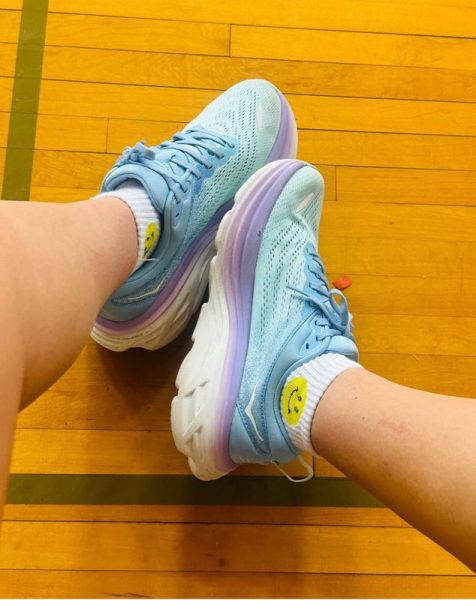Queer Representation in Modern Media
Recent lgbtq+ representation is a very positive thing for the queer community
January 7, 2022
As it is the year of 2022, the lgbtq+ community has become much more normalized within society and faces much less discrimination than previous decades. In 2015, Obergefell vs. Hodges had the United States Supreme Court rule in favor of the legalization of gay marrige, and more and more people of influence have begun to come out about their sexualities and gender presentation. These are all strides for the queer community, but how does the media portray this normalizaiton of lgbtq+ people? Over the years, queer characters in shows have become much less stereotypical and sexualized, but, still, there are strides to be made. The normalization of queer characters in modern media, such as televison and movies, began in the early 2000’s with shows such as Glee and The L word. These shows were a start for the lgbtq+ community getting the recognition they deserve, but the characters on these shows were almost cartoonish versions of real people. The media forced queer characters into a box one could label “gay” and left it at that.
Over the years, lgbtq+ characters in tv or film have become much more developed and normalized, however there is still room for improvement. Conway High School Junior, Jude Welky, when asked how he feels about lgbtq+ representation in modern media, says, “I think a lot of large corporations could do better with actually fleshing out lgbtq+ characters and making them more than just their sexuality, gender, etc.” The media can sometimes be so obsessed with a character’s sexuality or gender presentation, as Jude said, they forget to make an actual character. This can be very harmful to viewers of all sexualities. When non-queer people watch these shows they are only shown a shallow version of a person, except for the fact the character is queer, and this can perpetuate harmful steroetypes in people’s minds. This hollow representation of queer people is also harmful to other members of the lgbtq+ community; it shows queer people, especially young, impressionable ones, that there is only one way to behave in order for society, as a whole to accept you.
In reality though, this is further from the truth. A gay individual can be more outgoing or less outgoing, one’s existance within the lgbtq+ community does not determine one’s own personality, sure for some it does, but that doesn’t mean that every person who is of a non-heterosexual persuasion is going to be flambouyant, and defintely doesn’t determine them to be as over-the-top and cartoony as many characters are represented in culture and media. Take, for example, Christian, a character from the cult-classic “Clueless,” is chalked full of the most stereotypical gay stereotypes you can think of. The lgbtq+ community has often been represented poorly in media, but things are beginning to turn around for queer characters.
New shows such as Schitt’s Creek, Atypical, and even the hit reality series Survivor, have begun to feature unstereotypical lgbtq+ people on their shows. These shows are places that queer people are able to see themselves represented within a real space, and are able to build a sense of community within these characters and fan-spaces. In the current season of Survivor, there are multiple queer people who even speak about their stuggles with being queer in a non-queer centered society. The new community queer characters build with each show they are featured in is an evergrowing, helpful thing that continues to help individuals in the lgbtq+ community.
While this new representation is seen as very beneficial within queer spaces, there has been signifigant backlash as well. The backlash mainly comes from individuals who have been taught that the queer community is either fake or harmful to society. These people believe that being queer is something that should be kept under wraps. They do not understand the fact that many queer people are queer no matter what, and that the representation they find in media is a way to find a community when they can have trouble with that in their own lives. The bigoted ideas of people are perpetuated in the homophoiba that has been circulating our society for centuries, and is only now being disbanded. People who have grown up in recent decades are seen to be more accepting of the lgbtq+ community are this way because they have grown up around queer representation. If society continues to represent queer people in everyday spaces, it will show people that queer people function in society as any other person would. Conway High School student, Hannah Files, says, “After not having any queer representation for decades, it is a positive change to see more diveristy in the sexualities and gender presentations of people in the media. This representation allows people to view it as a normal thing, as it is, and makes them less scared or weary of it.”
All in all, the new lgbtq+ representation is a very positive thing for the queer community. It allows queer people to develop a sense of comunity when they otherwise might lack it, and it shows non-queer people that queerness is a normal thing that should not be feared. The introduction of queer representation in media does, however, have a long way to go. Some queer representation does perpetuate harmful stereotypes, but that just means there is room for improvement. The ball has already begun moving, and we just need to keep it rolling further.


